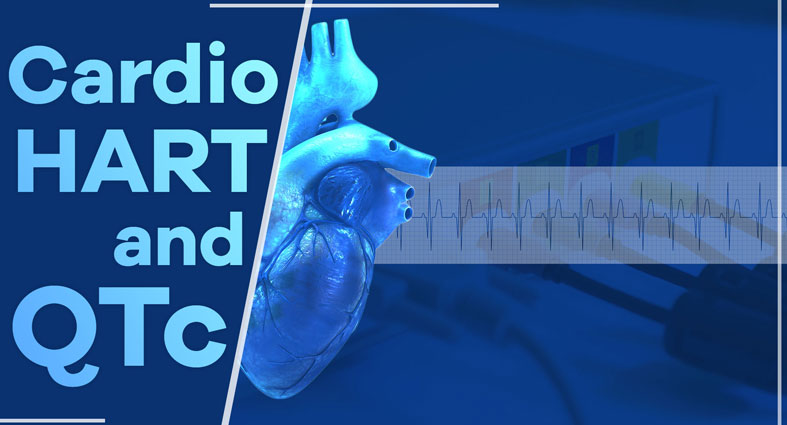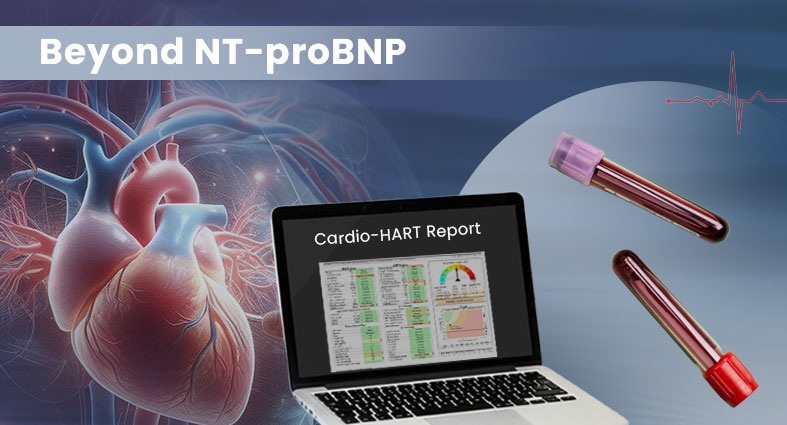NT-proBNP thresholds in heart failure diagnosis are essential for understanding how different healthcare systems identify and manage the disease. N-terminal pro B-type natriuretic peptide (NT-proBNP) is a key biomarker used in diagnosing heart failure (HF). However, the threshold levels that trigger referral and further testing vary significantly between healthcare systems, influencing both diagnostic accuracy and resource allocation across healthcare systems that apply different NT-proBNP thresholds in heart failure diagnosis. The UK’s National Health Service (NHS) employs NT-proBNP thresholds of 400 ng/L for routine referrals and 2,000 ng/L for urgent cardiology consultations, while European Union (EU) guidelines recommend considerably lower thresholds—125 ng/L for ruling out HF.
This article examines how these differing thresholds affect patient outcomes, wait times, and healthcare resource utilization, and compares NHS and EU referral pathways to highlight opportunities for improved diagnostic efficiency.
The Role of NT-proBNP Thresholds in Heart Failure Diagnosis
Heart failure is a major cause of morbidity and mortality across Europe. Accurate and timely diagnosis is essential for effective treatment and improved prognosis. NT-proBNP serves as a well-established biomarker, reflecting myocardial wall stress and guiding clinical decision-making. Yet, the NHS’s higher NT-proBNP thresholds compared to EU recommendations raise important questions about sensitivity, equity of access, and the balance between early detection and system capacity.
NT-proBNP Thresholds: NHS vs EU
NHS thresholds:
- > 2,000 ng/L: Urgent referral to cardiology with echocardiography within 2 weeks
- 400 – 2,000 ng/L: Specialist assessment and echocardiography within 6 weeks
- < 400 ng/L: HF is considered unlikely in the absence of treatment
EU guidelines:
- 125 ng/L: Used to rule out heart failure; higher levels warrant further investigation

These discrepancies illustrate differing philosophies: the NHS prioritizes efficient triage to manage capacity, while EU protocols favor earlier and broader case identification to minimize missed diagnoses.
Impact on Patient Outcomes and Healthcare Resources
Higher NT-proBNP thresholds (NHS) may lead to:
- Increased wait times: Patients within the 400–2,000 ng/L range may experience diagnostic delays, worsening symptoms before echocardiography is performed.
- Restricted access: Fewer patients qualify for specialist referral, which may reduce early detection.
- Lower diagnostic sensitivity: Potential for underdiagnosis, particularly among elderly or comorbid populations.
Lower thresholds (EU) may result in:
- Earlier detection: More patients undergo confirmatory testing, improving early intervention.
- Higher utilization: Greater demand on imaging and cardiology services, with possible cost implications and longer queues for non-urgent cases.
This contrast higThis contrast highlights the need to balance diagnostic accuracy with resource sustainability when applying different NT-proBNP thresholds in heart failure diagnosis—a key challenge for national healthcare systems facing capacity pressures.hlights the need to balance diagnostic accuracy with resource sustainability—a key challenge for national healthcare systems facing capacity pressures.
Referral Pathways in the NHS
In NHS practice, referral following NT-proBNP testing typically follows two routes:
- Routine referrals: 400–2,000 ng/L → echocardiography or HF clinic within 6 weeks
- Urgent referrals: > 2,000 ng/L → cardiology consultation and echocardiography within 2 weeks
Some regions employ heart failure clinics where patients receive assessment and management before echocardiography is available. While this can streamline care and reduce waiting lists, it may also delay definitive diagnosis if imaging capacity is limited.
The consistency of these pathways varies regionally, and outcome data suggest that earlier access to echocardiography correlates with fewer emergency admissions and improved survival.
Balancing NT-proBNP Thresholds in Heart Failure Diagnosis: NHS vs EU Approaches
The disparity in NT-proBNP thresholds between NHS and EU practice underscores different national strategies for balancing early diagnosis versus service demand.
- The NHS’s higher thresholds help manage echocardiography bottlenecks but risk missing early or atypical heart failure cases, particularly in women and the elderly.
- EU systems employing lower thresholds may detect HF earlier but at the cost of increased workload and expenditure.
Both models highlight the ongoing challenge of integrating biomarker testing, imaging, and resource planning into an optimized diagnostic pathway that supports more consistent use of NT-proBNP thresholds in heart failure diagnosis.
Emerging technologies—such as AI-enabled, echocardiography-equivalent diagnostic devices (e.g., Cardio-HART™)—could bridge this gap by allowing GPs to assess cardiac structure and function at the point of care, potentially reducing dependence on rigid thresholds and centralized imaging.
Conclusion
Differences in NT-proBNP thresholds in heart failure diagnosis across the NHS and EU impact diagnostic speed, patient outcomes, and healthcare efficiency. Achieving an optimal balance requires:
- Evidence-based threshold refinement
- Wider access to biomarker testing in primary care
- Integration of device-based diagnostic tools
- Ongoing evaluation of clinical outcomes and system impact
Ultimately, a hybrid approach that combines early detection with sustainable resource management may provide the best path forward for heart failure diagnosis.
Key Takeaways
- NHS thresholds (400 / 2,000 ng/L) prioritize resource efficiency; EU thresholds (125 ng/L) emphasize early detection.
- Higher thresholds may delay diagnosis and worsen outcomes; lower thresholds increase costs but improve sensitivity.
- Incorporating point-of-care diagnostics could align early detection with system efficiency.
Related reading
NT-proBNP and Diabetes: Risks of Misdiagnosis in Heart Failure
NT-proBNP in Heart Failure Diagnosis: Challenges, Clinical Effectiveness, and the Need for More Accurate Tools
NT-proBNP in Heart Failure Diagnosis: Clinical Delay, Biomarker Limits, and the Need for Diagnostic Reinvention
The Impact of Obesity on NT-proBNP in Heart Failure: Focus on HFpEF and Early Diagnosis
NT-proBNP Testing in Heart Failure with Preserved Ejection Fraction (HFpEF): Diagnostic Challenges and Clinical Implications
The Decision to Order NT-proBNP: How ECG Findings and Clinical Factors Influence Testing
References & Data Sources
1. McMurray, J. J. V., et al. (2021). “NT-proBNP Testing in the Diagnosis of Heart Failure: Is It Enough?” Journal of the American College of Cardiology, 77(7), 837–846.
2.National Institute for Health and Care Excellence (NICE). (2018). Chronic Heart Failure in Adults: Diagnosis and Management. NICE guideline NG106.
3. Doering, G., et al. (2020). “Electrocardiographic Biomarkers in Heart Failure Diagnosis.” Circulation, 142(18), 1732-1745.
4. Cleland, J. G. F., et al. (2019). “The Role of NT-proBNP in Heart Failure Diagnosis.” European Heart Journal, 40(21), 1717-1723.








